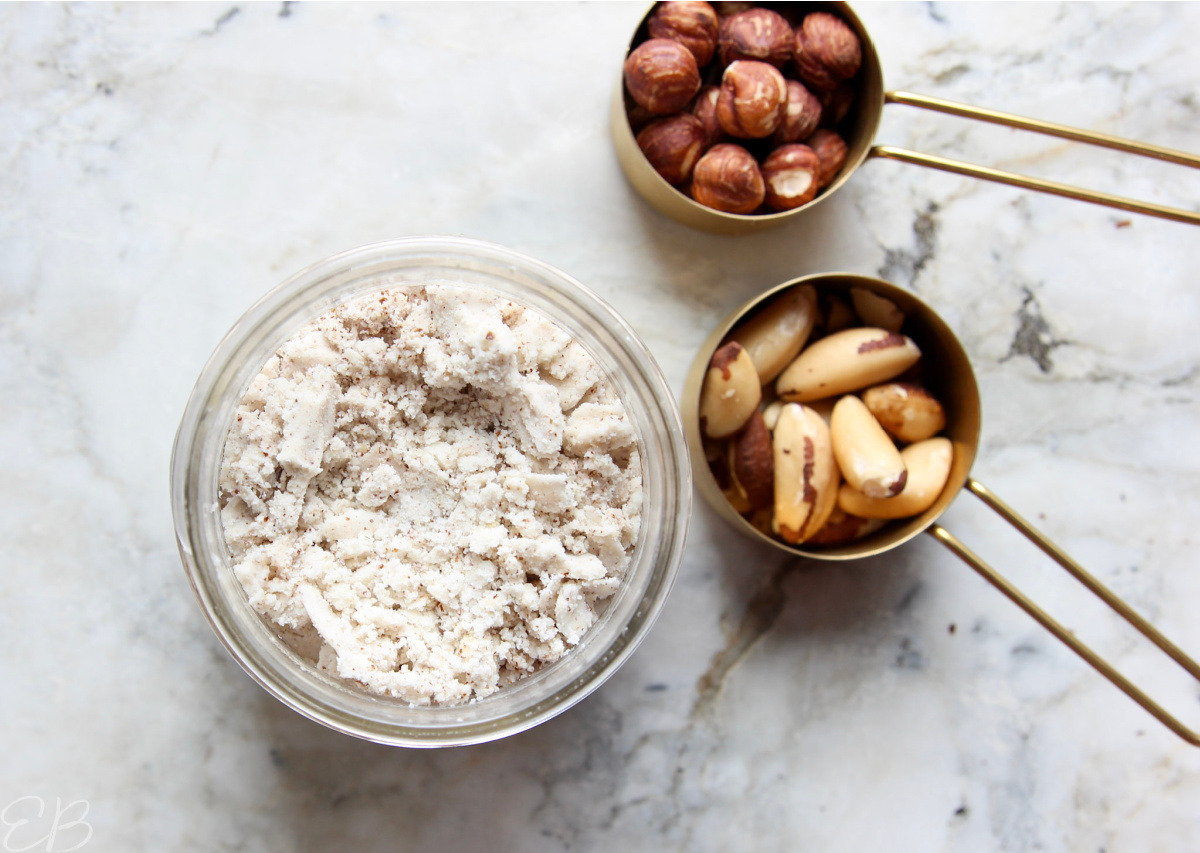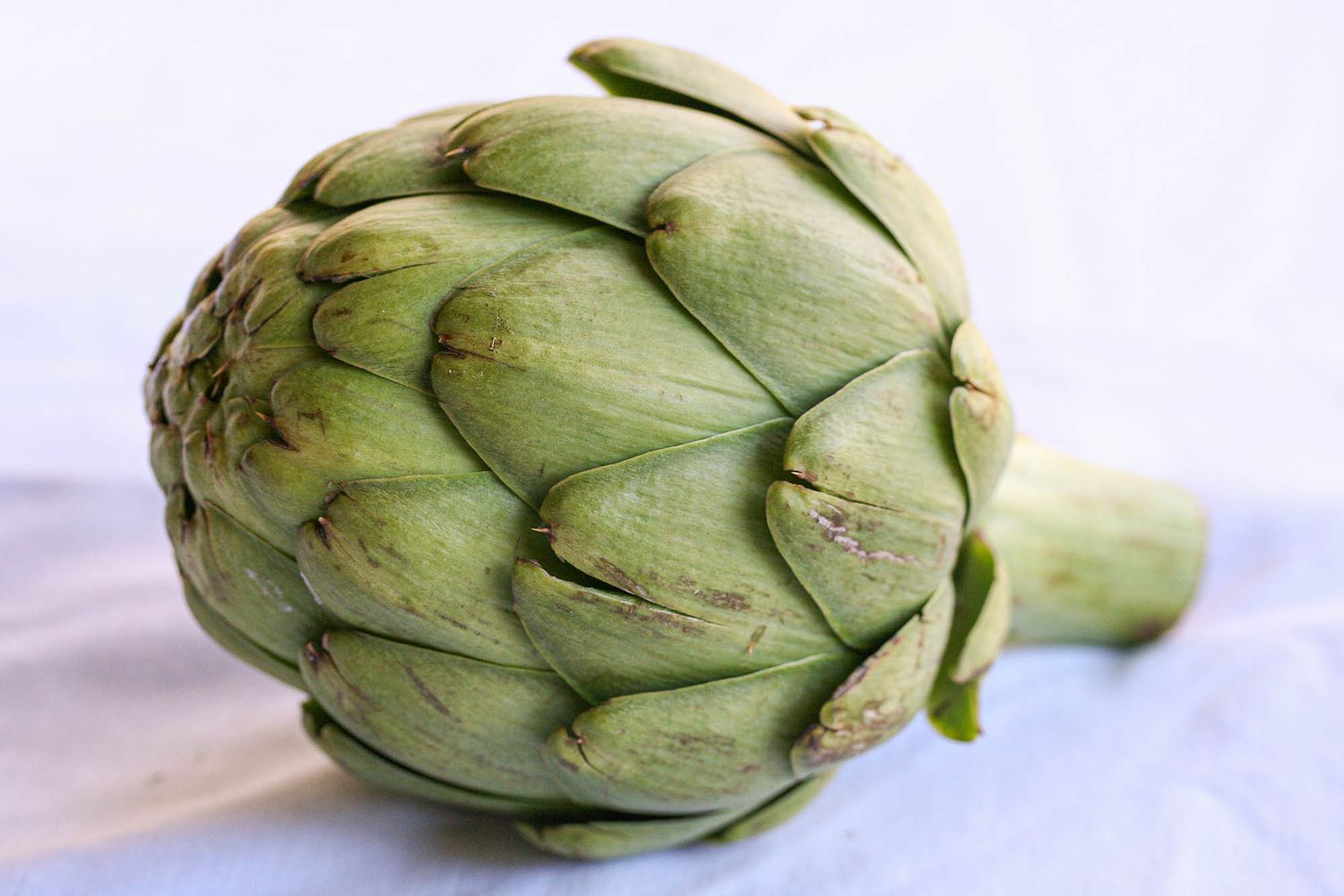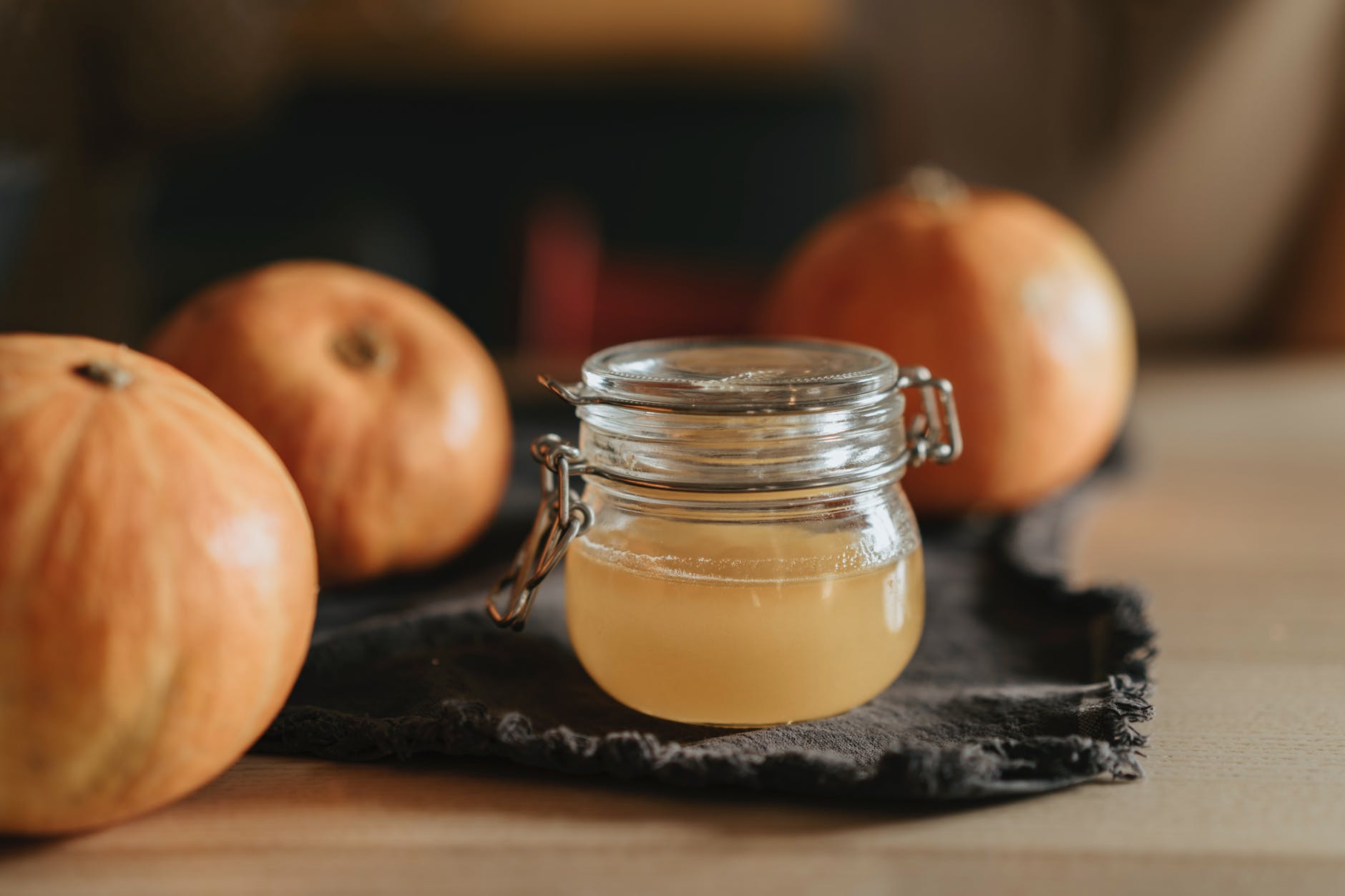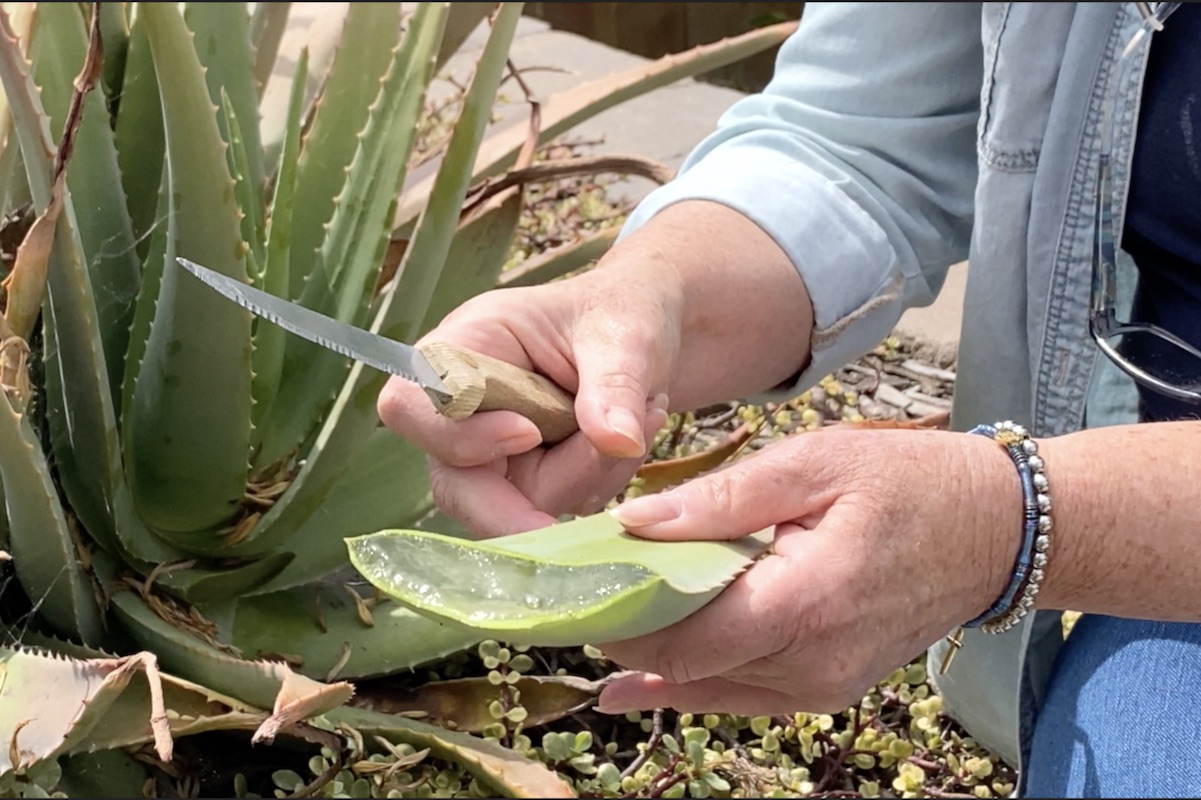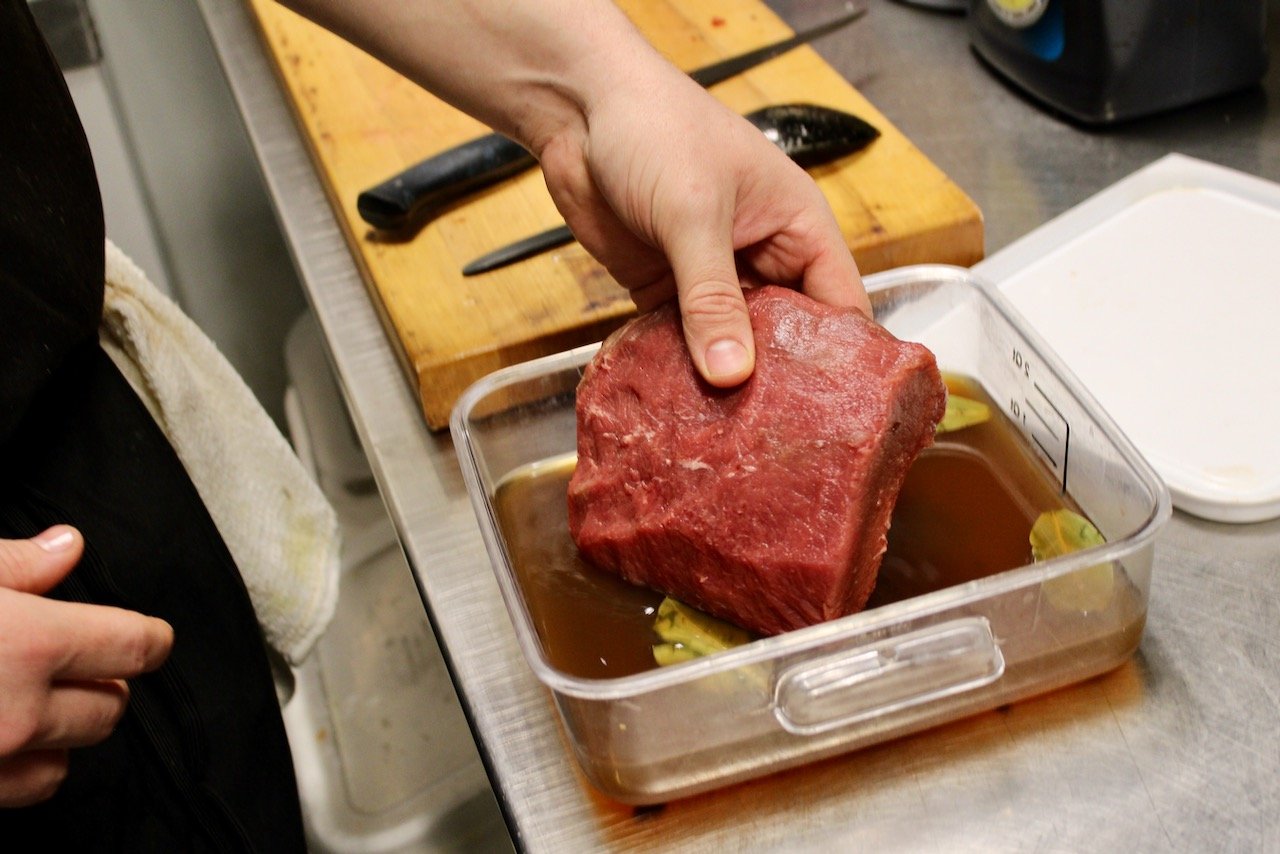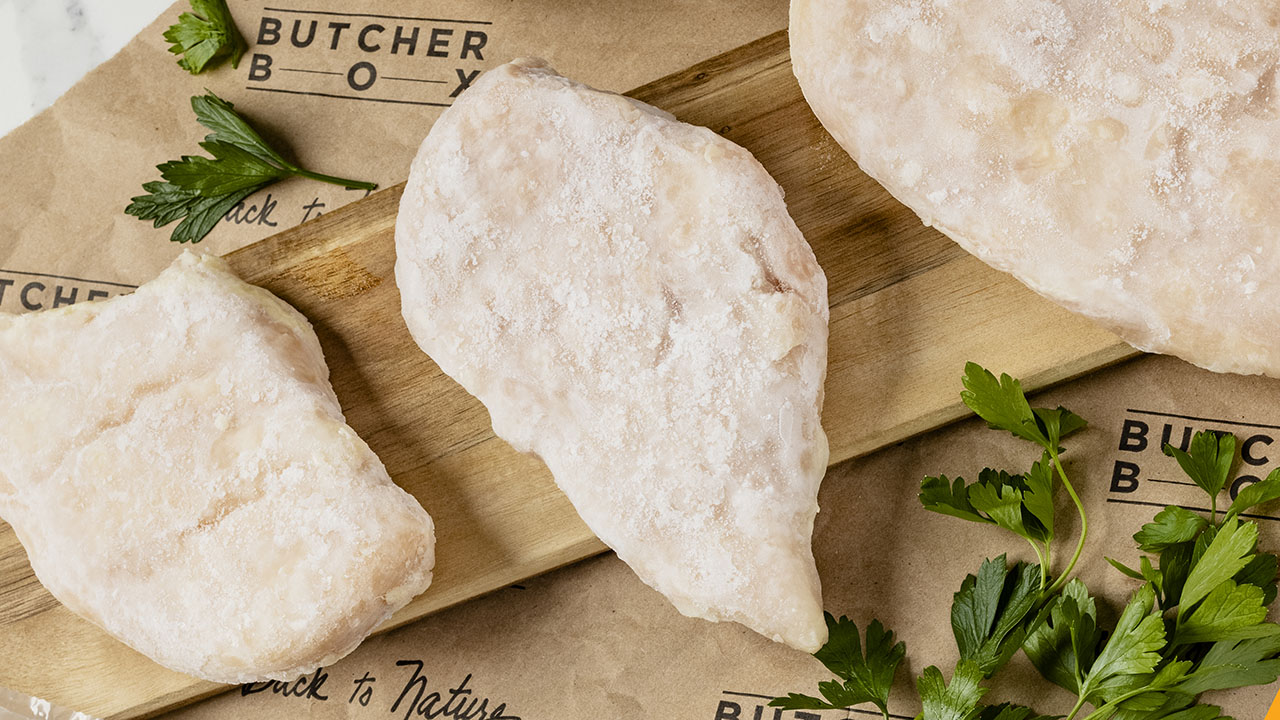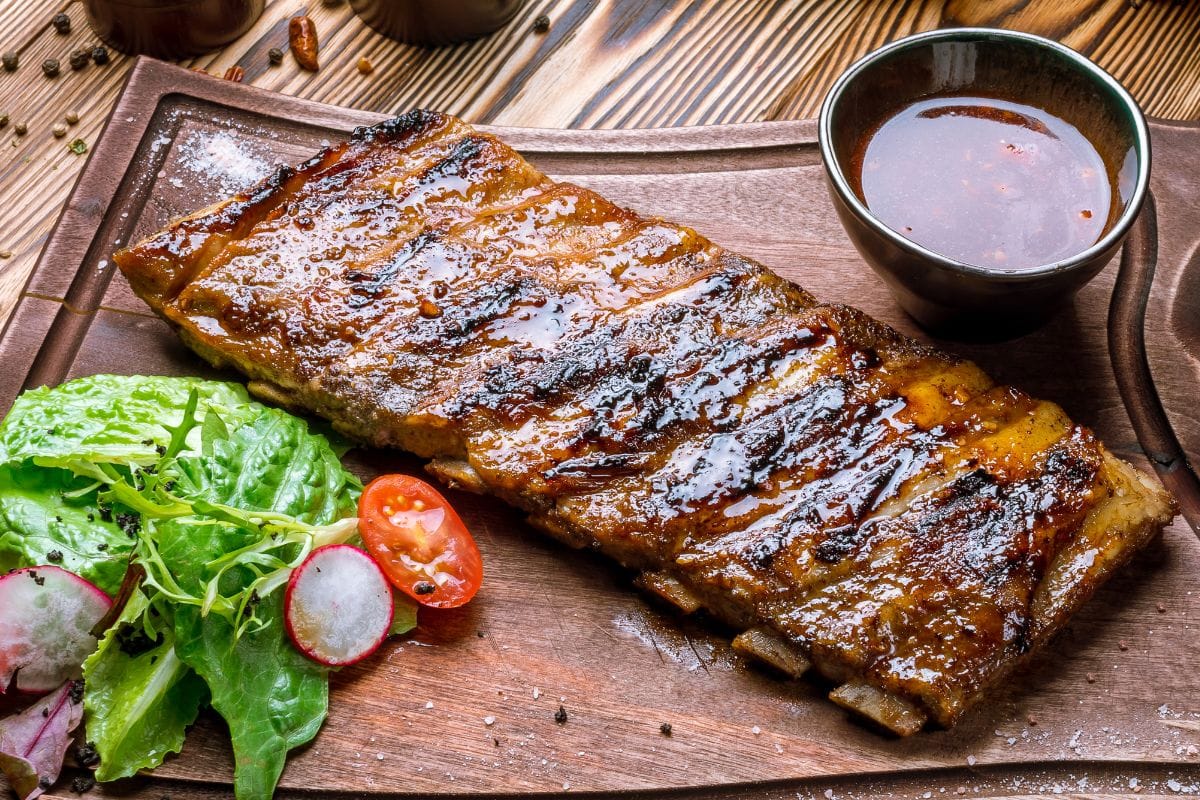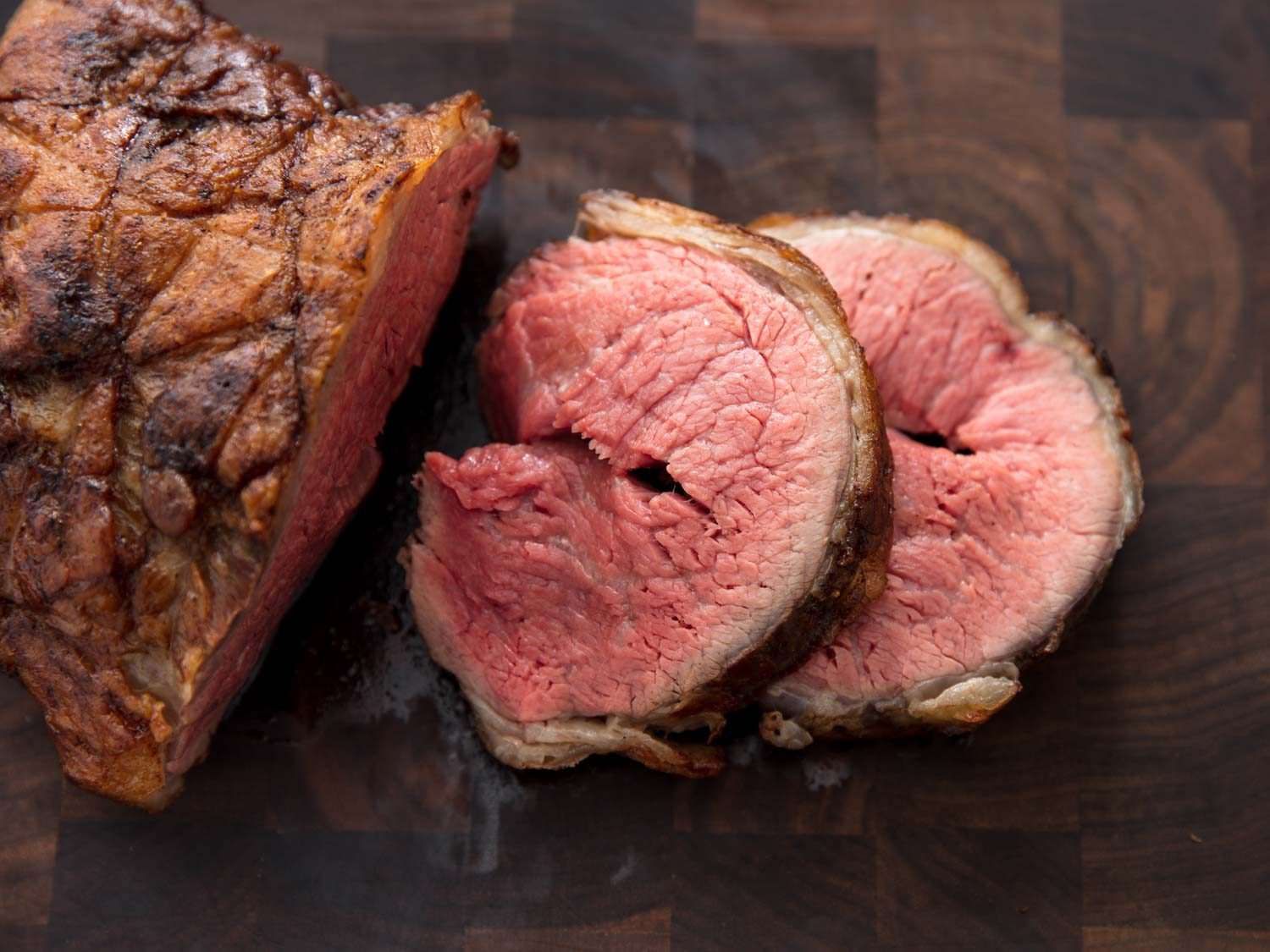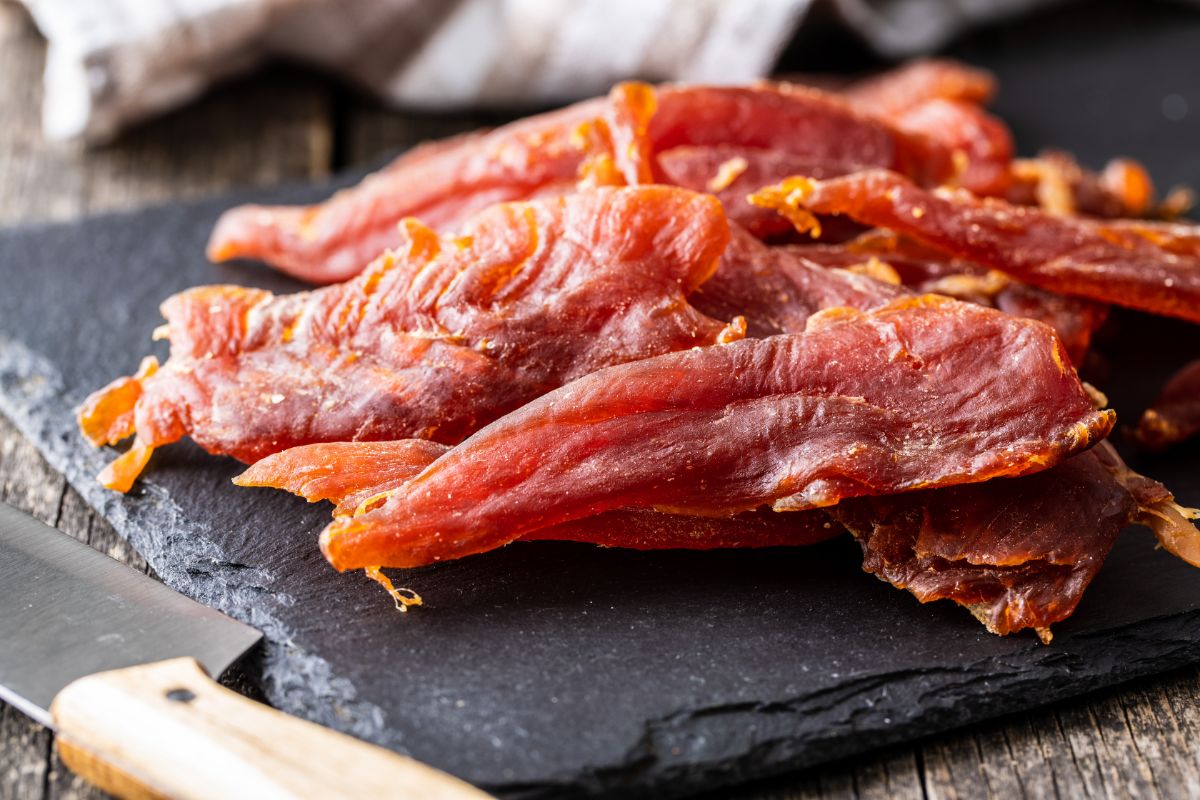What is Cheese Fermentation?
Cheese fermentation is a process that involves the use of bacteria, yeast, or mold to transform milk into cheese. During fermentation, these microorganisms break down the lactose in the milk, producing lactic acid and other compounds that give cheese its unique flavor and texture.
Types of Cheese Fermentation
There are several methods of fermenting cheese, each resulting in different types of cheese. Some common methods include:
- Traditional Fermentation: This method involves using naturally occurring bacteria and yeast present in the environment to ferment the milk. It is often used in the production of artisanal cheeses.
- Starter Culture Fermentation: In this method, specific strains of bacteria and yeast are added to the milk to initiate the fermentation process. This allows for more control over the final flavor and texture of the cheese.
- Ripening: After the initial fermentation, some cheeses undergo a ripening process where they are aged to develop their characteristic flavors and textures.
The Fermentation Process
The fermentation of cheese typically involves several key steps:
- Acidification: The first stage of fermentation involves the conversion of lactose in the milk into lactic acid by the bacteria. This acidification process is essential for the coagulation and development of the cheese.
- Coagulation: As the milk becomes more acidic, the proteins in the milk begin to coagulate, forming a gel-like substance known as curds.
- Draining and Pressing: The curds are then separated from the liquid whey and may be pressed into molds to further expel moisture and shape the cheese.
- Ripening: Some cheeses are aged for a period of time to develop their flavors and textures. During this time, additional microbial and enzymatic activity occurs, further transforming the cheese.
Benefits of Cheese Fermentation
Cheese fermentation offers several benefits, including:
- Enhanced flavor and aroma
- Improved digestibility
- Extended shelf life
- Development of unique textures and characteristics
Commonly Fermented Cheeses
Many popular cheeses are the result of fermentation. Some examples include:
- Cheddar
- Gouda
- Brie
- Blue cheese
- Camembert
Conclusion
Cheese fermentation is a fascinating process that has been practiced for centuries. By harnessing the power of microorganisms, cheese makers are able to create a diverse array of flavors, textures, and aromas that delight cheese enthusiasts around the world.
Explore More: Delicious Recipes and Creative Uses for Your Fermented Cheese
Now that you've mastered the fundamentals of fermenting cheese, it's time to put your skills to the test with a variety of recipes that showcase your newfound abilities. From the robust flavors of Classic Homemade Cheddar Cheese to the creamy delights of Creamy Brie Cheese Preparation, each recipe offers a unique challenge and flavor profile. For those looking to impress, the Rustic Camembert Cheese Technique provides a sophisticated option. We recommend starting with Soft Mozzarella Cheese Creation due to its versatility in dishes and relatively straightforward process. Each recipe not only enhances your cooking repertoire but also gives you the opportunity to explore the rich and diverse world of artisanal cheeses.
Was this page helpful?
Read Next: How To Ferment Teff For Injera
